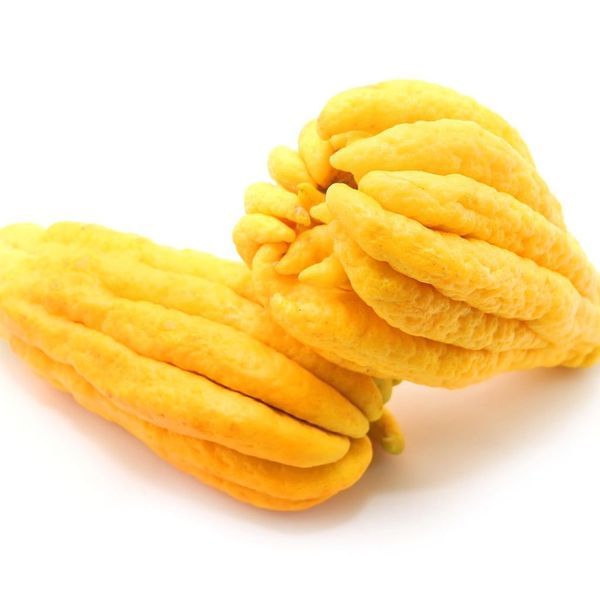- Also known as Etrog/Ethrog or Moroccan citron, Assads Citron is a thick-peeled, fragrant lemon-like fruit is used for the Jewish autumn harvest festival and Feast of the Tabernacles, Sukkot.
- The "mother tree" of Assads was started from seed provided by the USDA, which was sourced from farmers in Morocco off trees that were over 7 years old.
- Unlike Etrog, Assads Citron is grown from a cutting, and trees are not grafted onto semi-dwarf rootstock
- Self-fertile
- Best for Zones 8-11
- For Zones 4-7, you can grow this tree in a pot and bring it indoors for the winter.
- Height at maturity: 8-10' in the ground/ 4'-8' in pots
- By law, we cannot ship citrus trees to Alabama, Texas, Arizona, or Florida.
Read: The Differences Between Rooted Cuttings and Grafted Citrus Trees
Lee nuestra guía aquí : Guia de cultivo para citricos
Get in the know about HLB(Huanglongbing / Citrus Greening Disease) and help save your community's citrus. Only source citrus trees from reputable growers.
SAVE ON SHIPPING: We can now ship potted fruit trees in MULTIPACK BOXES. Order as a 3-pack or 6-pack to save on the cost of shipping!This includes ALL PRIMO and ENTRY sized citrus, olive, fig and avocado trees as well as grape and passion vines. Please note: Premium sized citrus trees are shipped in their own box.
-
SAVE ON SHIPPING: We can now ship potted fruit trees in MULTIPACK BOXES. Order as a 3-pack or 6-pack to save on the cost of shipping! This includes ALL PRIMO and ENTRY sized citrus, olive, fig, passion vine, avocado trees as well as grape vines.
- Premium sized citrus trees are shipped in their own box.
- No customer pick-up
-
Due to agricultural restrictions, we cannot ship citrus trees to Alabama, Texas, Arizona, or Florida. We can ship all other non-tree items to these states.
- We do not ship any items to the US Virgin Islands, Guam, Puerto Rico or to API/APO addresses, or to other countries at this time.
Click here for Shipping Information
Entry and Primo Size Citrus Trees
Our Citrus selections come in two container size options, Entry and Primo. Each variety of Citrus grows at different rates and actual tree size will vary. In climates where citrus is regularly grown outside, trees may be planted directly into the ground.
-
Entry Size Trees are from 1-2 years old and are 8"-12" tall. Entry size trees are shipped in a 4" x 9.5" nursery tree pot. Entry size trees are best re-potted into a 10" to 12" decorative container within a month of delivery. The Entry size will need a season or two of growth to become productive.
-
Primo Size Trees: Tree height ranges from 18"-36" tall and the trees are grown in a 5"x5"x12" tree pot.
- Primo Size Citrus trees have been grown to maximize their success and meet the demand of our growers. The primo size trees are grown to the height of 18”-36” tall and will ship in a new compact box. The goal with this product is to provide a top-quality tree that is not only branched nicely but also in a form factor that is much more economical to ship.
- Primo Size Citrus trees are pruned with intention to get you a beautifully developed canopy with proper branching starting at or above the 18” mark.







